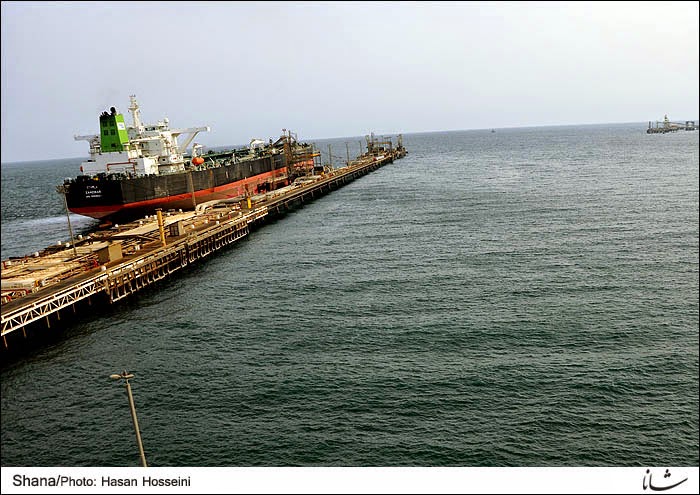Iran inevitable reliance on oil revenues in short-term

The price of oil has dropped 50 percent compared to the first half of the past year. The fall in the oil price has even been more in OPEC's basket, which plunged by 60 percent, mostly because the 12 members of OPEC are producing 1.3 million barrels of oil per day more than the global demand and giving increasingly discounts to their customers. The Iranian administration and the parliament have different viewpoints about the oil price in the next year’s budget. The administration believes that the oil price will rise in the next Iranian calendar year, starting on March 21, and has set the oil price at $72 per barrel, while many members of the parliament have emphasized that the oil price should be set at $40. On Wednesday, OPEC oil was sold at less than $44 per barrel. Last week, the figure was about $41. Iran is planning to export one million barrels of oil per day and 300,000 barrels of gas condensates in the next fiscal year. The next year’s budget reliance on oil income...

.jpg)
.jpg)